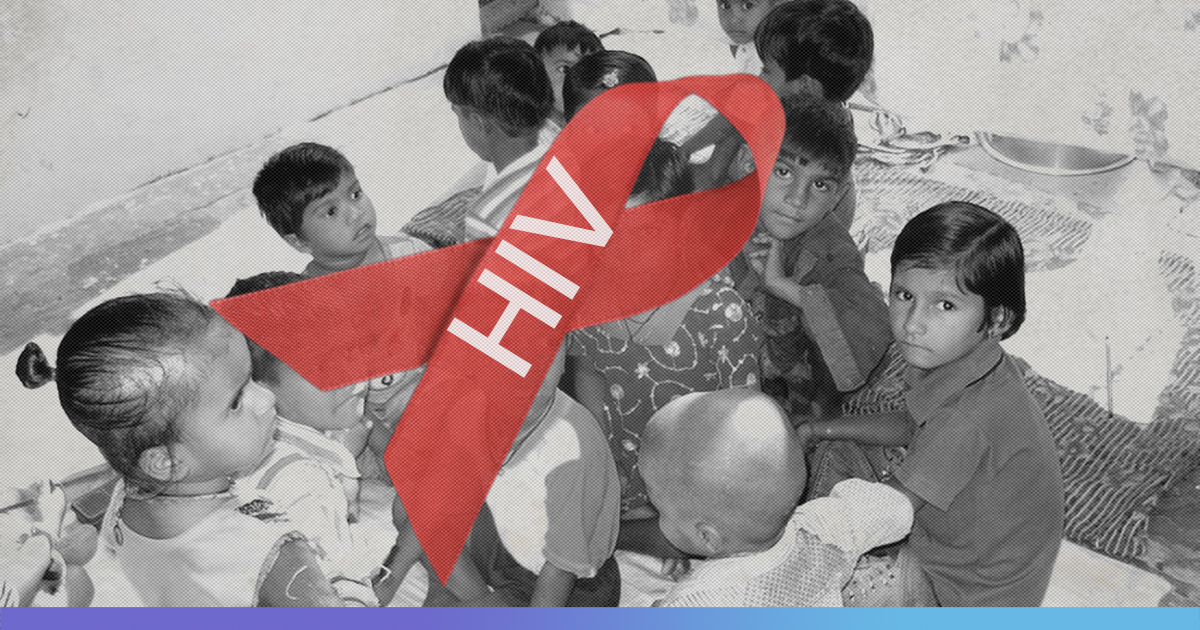The Joint United Nations Programme On HIV and AIDS (UNAIDS) in its recently released reports revealed that around 17 lakh people in the world got infected with HIV in 2018. The above figure is 16% less than that in 2010. The stark decline has been attributed to the steady progress in fighting the condition across most of eastern and southern Africa.
Access To Treatment Declines Death Rate
UNAIDS applauded South Africa for diligently fighting against the fatal disease as HIV infections in the country have declined by more than 40% and AIDS-related deaths by around 40% since 2010.
The report states that AIDS-related deaths throughout the world declined by 33% to around 7.5 lakh in 2018 due to an increase in access to treatment and more progress in delivering HIV/tuberculosis services.
According to the report, around 82% of pregnant women infected with HIV have now been provided with antiretroviral medicine, which is 90% more than since 2010. Accessibility to antiretroviral medicine has reduced the new HIV infections among children by 41%.
However, the report warned that a lot needs to be done in eastern and southern Africa, which is the most affected region by HIV. The report states that there has been a concerning rise in new infections in eastern Europe and central Asia by 29 %. In the Middle East and North Africa, there was a rise of 10 %, and in Latin America, it was 7%.
Key Population & Lack Of Resource A Big Worry
The report mentioned that the key population and their sexual partners account for 54% of new HIV infections worldwide. People living with HIV are called Key Population in all epidemic contexts. Around 95% of new HIV infections in Central Asia, the Middle East, North Africa, and eastern Europe were reported from people who inject drugs, transgender people, gay men and other men who have sex with men, prisoners, and sex workers.
The report claims that less than half of the key populations were reached with combination HIV prevention services in half of the reported countries. This clearly shows that THE key populations are still being marginalised and are often not considered for HIV treatment.
The report stressed upon the widening gap between resources required and their availability. The report highlighted that for the first time, the global resources allocated for the AIDS response dropped nearly by US$ 1 billion due to lower donations and tepid domestic investments. In the last year, US$ 19 billion was available for the AIDS response, which is US$ 7.2 billion short of the estimated US$ 26.2 billion required by 2020.
Also Read: Ebola Kills 2 In Uganda; World Health Organization To Hold Emergency Meeting











